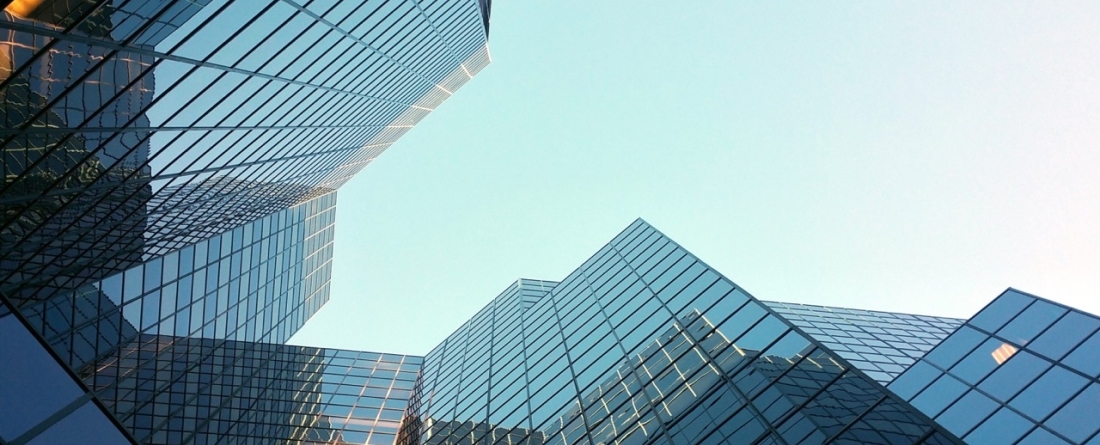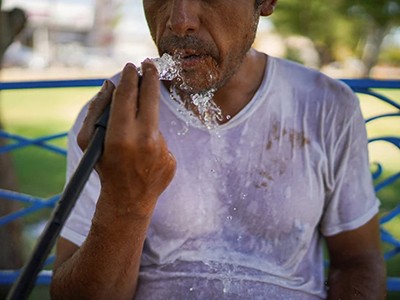
Extreme heat and cold brought on by climate change put people at risk. Beefing up building codes now could help to save lives.
Three years after the 1978 Miyagi earthquake, a magnitude-7.4 event that caused extensive damage to the city of Sendai, Japan overhauled its building codes to better protect people against quakes. The country’s building codes are some of the strictest, but they are hardly unique now. Around the world, fortified building codes in high-risk areas now help people and their property to survive natural disasters such as earthquakes, hurricanes, wildfires and flooding.
I’ve worked with national and local governments worldwide on a different type of building regulation that I and others think could save lives: energy codes, which focus on the energy efficiency of a building. In the past few years, a growing number of experts have realized that energy codes can keep people safe from the risks posed by the extreme heat and cold brought on by climate change. The urgency of addressing heat in particular is undeniable: 2023 was the hottest year on record, and 2024 could be even worse.
Earth boiled in 2023 — will it happen again in 2024?
One key danger is that extremely hot or cold weather can knock out power. Winter blizzards can snap power lines and icy conditions can damage crucial infrastructure. In the summer, power cuts can be caused by fires, for example, or by air-conditioning and cooling units putting too much demand on the power grid. This happened in Texas in 2021 and during record-breaking heat in Spain in 2022. Under these circumstances, people in buildings without heating or cooling are left at the mercy of the very elements that caused the issue.
During a power cut in extreme heat or cold, everything hinges on a building’s ‘passive survivability’: how long people can survive in it without power. Building energy codes can increase passive survivability by requiring features such as insulated windows, wall or roof insulation or built-in window shading to keep buildings cool.
In a July report, my colleague Ellen Franconi at the Pacific Northwest National Laboratory in Richland, Washington, and her team showed how energy codes can save lives (see go.nature.com/3hnannz). In Atlanta, Georgia, for example, buildings constructed to the 2021 International Energy Conservation Code will maintain habitable conditions for 2.3 days during a cold event, whereas those not built to that standard will do so for only 1.4 days. Overall, the scientists found that buildings that met code requirements remained liveable during extreme cold up to 120% longer and during extreme heat up to 140% longer.
Some municipalities have already embraced building codes as a way to increase resilience and decarbonization. In 2011, Brussels passed the Passive House Law, which requires that all buildings built in the city from 2015 have passive cooling. In 2019, the Canadian province of British Columbia added guidelines to its building energy codes to address overheating and improve air quality. For example, recommendations include placing windows strategically to maximize passive heating by winter sunlight and adding shades to minimize indoor temperature increases during summer.
Cities must protect people from extreme heat
The United Kingdom added requirements to its residential-building energy codes in 2022 that emphasize passive cooling through window placement and air ventilation. Other international efforts are described in an August report by my colleague Adam Hinge at Sustainable Energy Partnerships in Tarrytown, New York (see go.nature.com/3aattkz).
Overhauling building codes to emphasize efficiency and resilience is not an easy task. In the United States, such regulations are determined at both state and local levels, and not every region requires the same kinds of construction. A home in hot, humid New Orleans, Louisiana, requires different construction measures from one in dry, cold Boulder, Colorado. And depending on the climate, a house built to withstand extremely low temperatures — with thick walls, little ventilation and extra insulation — might not be able to passively cool itself in the extreme heat, thus requiring more energy for cooling than one built for warmer weather.
Some world leaders have objected to updated energy regulations because of perceived costs, but constructing buildings to code is much less expensive than retrofitting them later or paying for the effects of extreme heat on human lives and health. Energy codes require — by law — that energy-saving features be cost efficient.
My colleagues and I are working with the International Energy Agency to map out globally accessible pathways towards the efficiency and resiliency of buildings. This requires engagement from specialists in low- and middle-income countries as well as support from nations with experience in energy codes in hot climates. For now, we’re focusing on hot climates because some affected countries lack both building energy codes and the resources to develop them. Regulations might begin in a targeted way, by focusing on the most cost-efficient and effective measures for walls, floors and ceilings, for example, or for ventilation and air conditioning.
Already, nearly two billion people around the world face dangerous levels of extreme heat and many more will be affected in the coming century. Humanity’s ability to cope with climate change hinges on reducing emissions and adapting to extreme weather. Building energy codes can tackle both: they can decrease energy emissions while increasing people’s safety.
Nature 625, 633 (2024)
doi: https://doi.org/10.1038/d41586-023-03934-2


